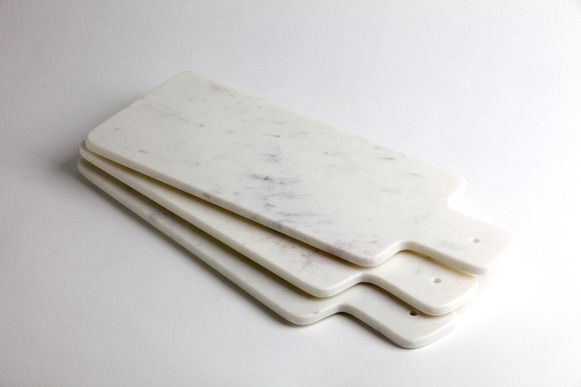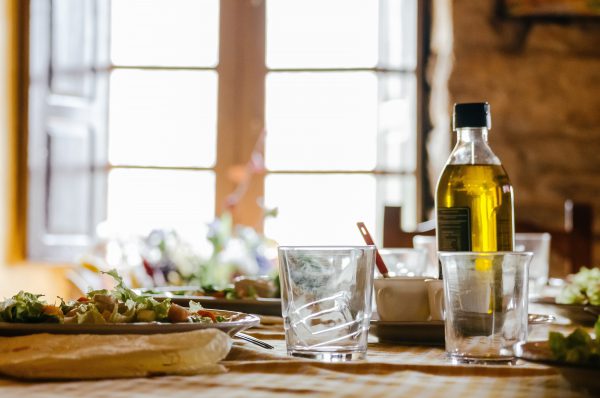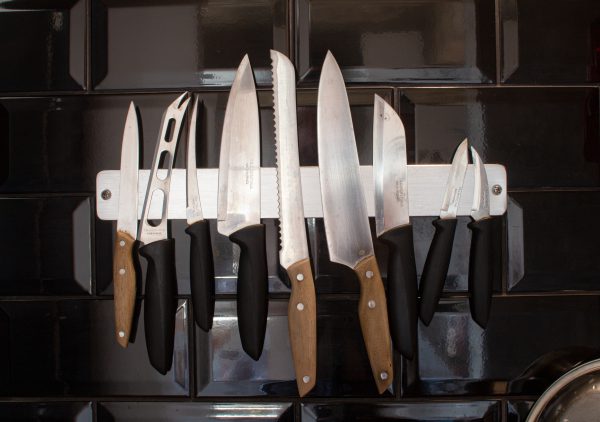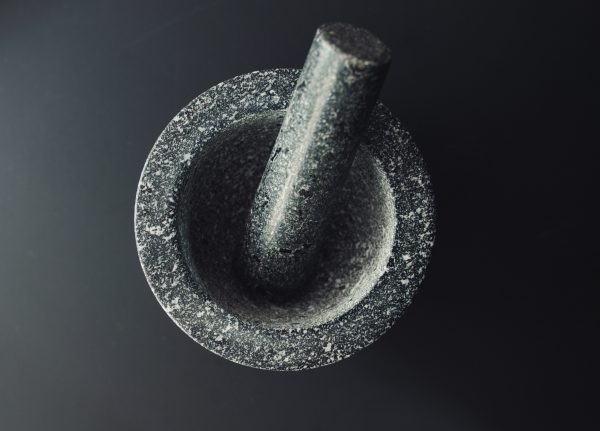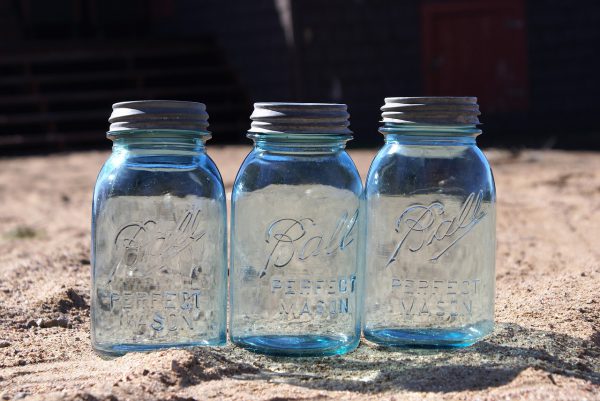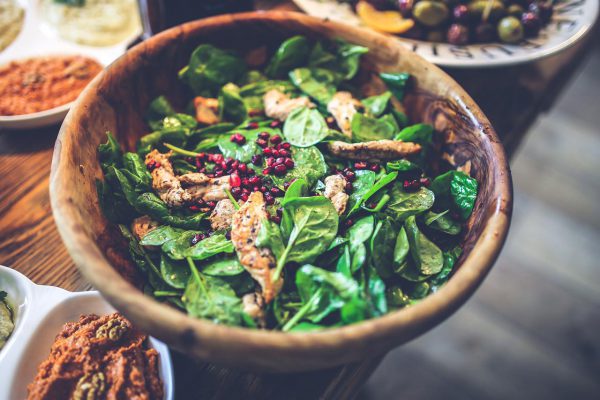Last Updated on February 22, 2023
A nice cutting board is one of the must-have tools every cook needs in their kitchen. To protect your countertop and keep food preparation hygienic, you should always use a cutting board when chopping, slicing, or cutting something, whether it’s cheese, steak, onions, or fruit.
If you look up online, you’ll find cutting boards made of a variety of materials — expensive marble, smooth stainless steel, robust glass, hardened plastic, and finely sanded wood. But which material is gentle enough for the sharp blades from your knife collection? What are the advantages and disadvantages of different cutting board materials?
In this article, we’ll answer these questions and talk about the top 6 cutting boards.
Cutting Board Materials
Marble and Stainless Steel
Sometimes you want to get something extravagant for yourself, but listen to us when we say that it’s not always the best idea when it comes to cutting boards.
Cutting boards made from expensive marble or stainless steel definitely look good, and they’re probably too durable to be scratched by the blades of even the strongest knives. They also seem to be more hygienic than their plastic and wooden counterparts. On top of that, they’re all dishwasher-safe, which makes the cleaning much easier.
So, what makes them so bad? Well, it’s the fact that they’re so good that makes them so bad — bad for your knives, that is. Cutting boards made of marble have a very hard surface that can damage your knives cut by cut, day in, day out. If you don’t want to ruin your favorite set of kitchen knives, avoid cutting boards made of these materials. Or just use them as a display platter for your next cheese and charcuterie board.
Plastic
Plastic cutting boards don’t have antibacterial properties like cutting boards made of natural wood. And while they don’t blunt your knives like stainless steel, marble, or a glass cutting board does, they are not as easy on your knives as the wooden cutting boards.
Because they can go into the dishwasher, most people think they are the easiest to maintain and keep clean. However, the micro-cuts you leave on a plastic chopping board, coupled with the food leftovers, are the perfect incubation place for bacteria, and even the dishwasher can’t get rid of them.
If you still insist on using a plastic chopping board, you can keep it clean by giving it a good scrub with hot soapy water and sanitizing it with some serious stuff that’ll kill off the bacteria, such as bleach diluted in water.
Wooden
With chopping boards made of plastic or wood, your high-quality kitchen knives will last significantly longer and will need to be sharpened less often.
In contrast to the water-repellent property of plastic, wood absorbs liquids, which is why many cooks consider wooden cutting boards to be unhygienic. But this is not necessarily true. The tannins in the wood have antibacterial properties and effectively break down germs. They are released with every cut mark on the board so that germs have no chance of settling in the wood unless you leave your cutting board soaked in water.
Some types of wood are better at this than others. For example, the heartwood of the pine has excellent hygienic properties, but cutting boards made of olive wood or bamboo are solid choices too.
Advantages of Different Wood Chopping Boards
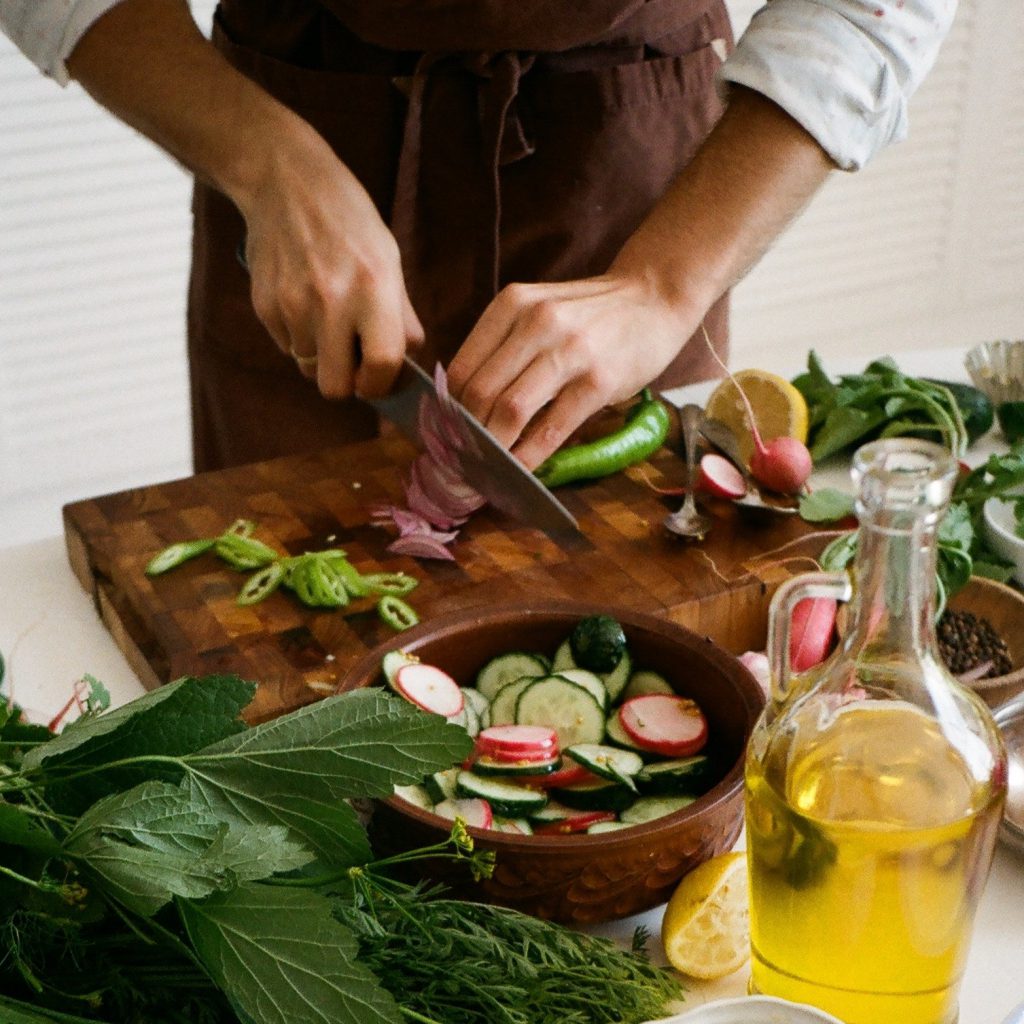
No wood is like another, and different types of the wood show different properties. The look, the surface, and the size also play a role. If you search enough, you can find any form of cutting board, from modern boards with novel shapes to classic cutting boards and nostalgic-looking ones.
Walnut, oak, beech, bamboo, and acacia are used frequently for the production of cutting boards. Let’s take a look at the properties, their advantages, and disadvantages below.
Walnut Wood Chopping Boards
Walnut is a very noble wood that is often used for decorative objects, pieces of furniture, and cutting boards. The wood from walnut trees is processed worldwide with some minor differences. European walnuts are usually a little lighter than American walnuts. Both variants are characterized by distinctive grooves and structures that give the wood its elegance and liveliness that will give your countertop a nice rustic look.
In addition to the visual aspect, walnut wood also scores high in sturdiness and strength. The smooth surface is easy to clean, making it a perfect material for a cutting board. The high, natural content of tannic acid has an antibacterial effect when you’re cutting. Walnut wood also loves a regular oil treatment. If you oil it and care for it properly, it will stay beautiful and durable for a long time.
Oak Wood Chopping Boards
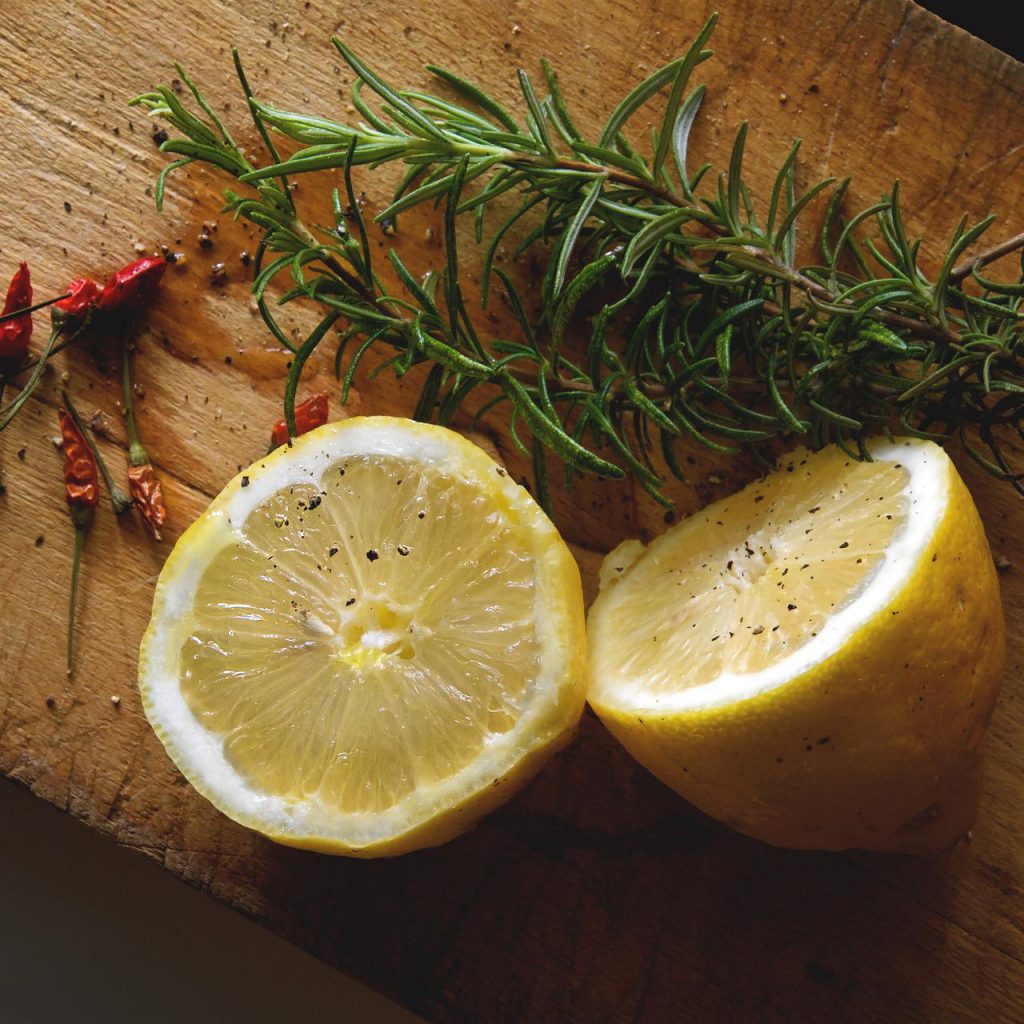
Like walnut, oak is a robust wood that is well suited for furniture, decorations, and cutting boards. This North American native wood is resistant to water and can last a long time with good care. The annual rings of the oak ensure a harmonious wood grain, which makes the wooden boards a real eye-catcher.
Like walnut, oak is a hardwood. These are extremely durable and resistant materials, along with being the least damaging materials for your knives. This makes oak chopping boards very effective cutting boards.
Bamboo Cutting Boards
Even if the bamboo looks like wood at first glance, it’s a robust type of grass with a very dense cell structure. This makes bamboo even harder than most types of wood. Even with the heaviest use, there are none or only a few signs of wear on bamboo cutting boards.
If conventional wooden boards are not cared for correctly, the worst that can happen is that the wood swells, cracks, or twists. The dense surface structure of the bamboo, on the other hand, absorbs practically no liquid, so the probability of such damage remains low. In addition to its extreme strength, bamboo doesn’t absorb unpleasant odors or become discolored.
The extreme strength and long service life make bamboo a coveted material in the kitchen; plus, its warm and natural look is a big bonus.
Acacia Wood Cutting Boards
The heartwood of the acacia is dark in color and has interesting grain patterns. This is mainly because of the age, growth conditions, and location of the acacia, thus making each product made of acacia wood distinctively unique.
Acacia cutting boards look exquisite. For this reason, you can usually see them used for serving cheese and delicatessen boards.
Acacia is one of the finest woods in the world and is characterized by extreme strength. Accordingly, cutting boards made of this material are very resistant and meet the highest quality standards.
Let’s Cut to the Chase
Chopping boards made of marble, stainless steel, and glass are nice to look at and can withstand a lot, but they put a lot of strain on your knives. Instead, cutting boards made of plastic or wood treat your knives more gently while cutting.
That said, wooden cutting boards are more hygienic than their plastic counterparts, depending on the wood. They don’t dull your knives and have an antibacterial effect. Even though caring for the wooden cutting boards is a bit more complex, it won’t be a hassle with a bit of routine.
Best Cutting Boards for Your Kitchen
Best Walnut Wood: Härthwood Walnut Wood Cutting Board with Juice Groove
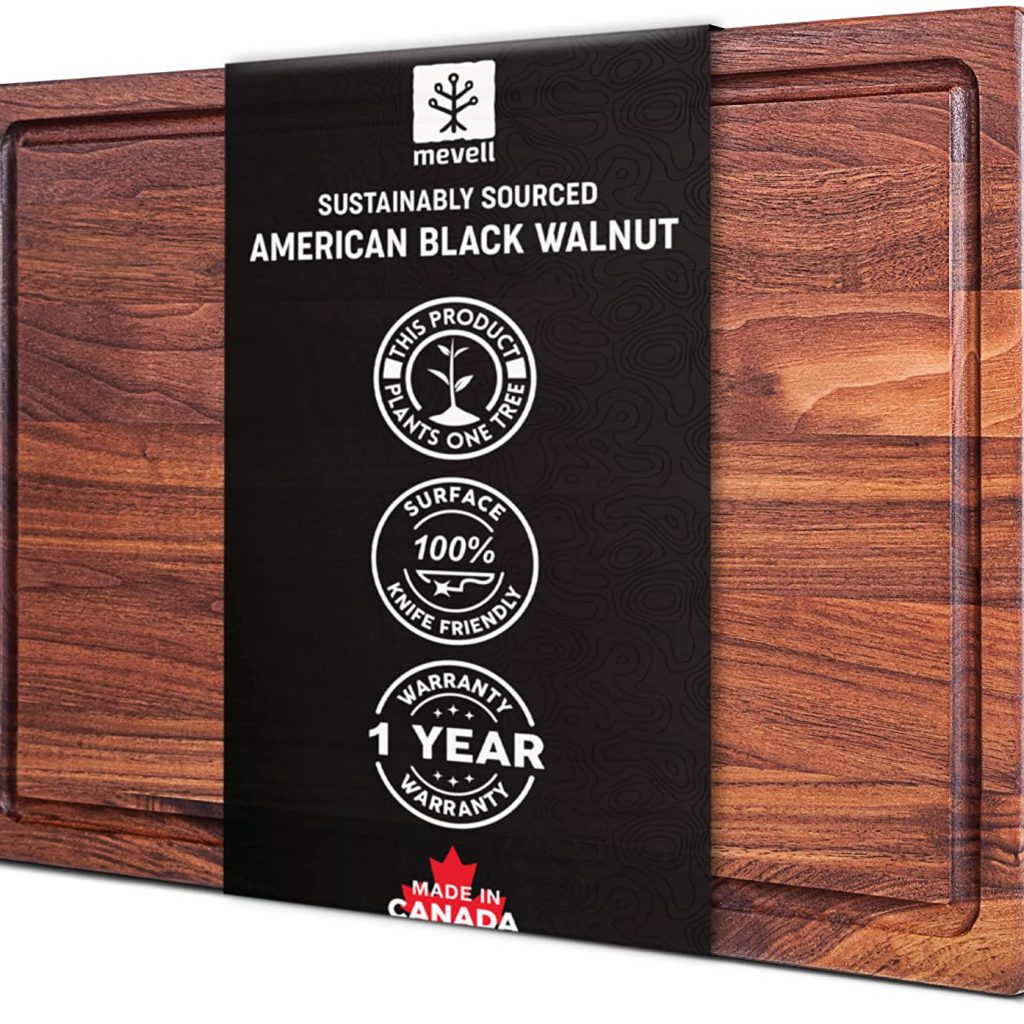
This untreated chopping board is a very delicate item for your kitchen. The walnut grooves are especially beautiful and will add an authentic touch to your kitchen. The board is sanded and smoothed to perfection, and it’s left raw and untreated, meaning that it doesn’t contain any chemicals or dye, only natural wood.
The strong walnut wood endures years of heavy-duty chopping, and when the scratches build up, you can simply sand the surface to smooth it out again. There are different shapes and sizes you can pick from, such as round, paddle, or rectangle. The board is reversible, so you get a flat side and one with a juice groove on it.
You thought that was all? This board actually comes with its own maintenance oil, a tasteless and odorless oil that will keep your board in shape for years. Just apply it once a month, and that’s it. On the cleaning side, rubbing it with soapy hot water after each use should do the trick, as wooden cutting boards don’t go in the washing machine.
Best Maple Wood: John Boos Block Maple Wood with Juice Groove

This sustainably sourced cutting board is a solid buy. It’s reversible, with liquid grooves on one side, perfect for containing the liquids of anything juicy, from tomatoes to roasted meat. If you’re prepping dry ingredients, the flat side gives you more surface to work on. Plus, you can use this side as a serving tray for cheese and fruit, served with wine, of course.
The handle helps you hang this chopping board up and lets you carry it conveniently. You can pick the size that suits your needs best, but on average, 18×12 inches (approximately 45×30 cm) is a universal size for most kitchens and families. To clean it, scrub the board with hot soapy water and dry it with a clean towel. Once a month, rub oil on all surfaces. This will make sure the board stands against decades of use.
Best Oak Wood: RYBA Hanging Wooden Chopping Board – Premium Solid Oak Wood

This durable cutting board is made of wood sourced from sustainable European forests. It’s very gentle to your knives, be it a bread knife or a chef’s knife, so you won’t ever need to worry about dulling them.
The board is reversible with a flat side and a side with rounded edges. It doesn’t have juice grooves, but the rounded edges help you easily transfer the chopped ingredients to a pan, plus it looks great as a rustic serving board. To clean it, just scrub it with hot soapy water and store it dry. Like the other wooden chopping boards, applying oil on all of its surfaces prolongs the boar’s lifetime.
Best Bamboo: Totally Bamboo Kona Bamboo Carving & Cutting Board with Juice Groove
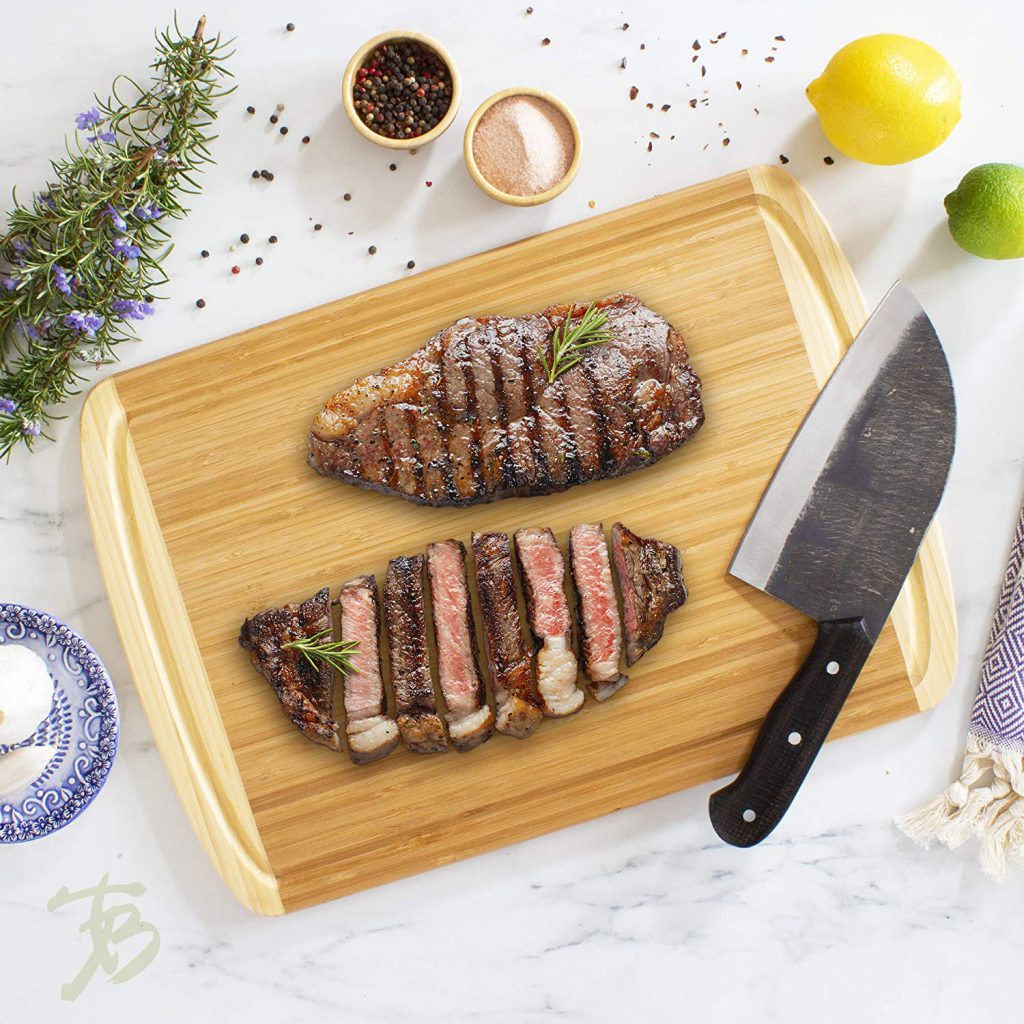
Bamboo is not as durable as other woods, however, it’s also more affordable. Still, it can withstand a good number of years of usage. It’s also lighter, easier to clean, and doesn’t require any special treatment like the hardwood chopping boards. This stylish bamboo cutting board has a two-toned surface that’ll add a tiki island style to your kitchen. It also has a juice groove that’ll make your tasks easier when you’re making salad next time.
Best Acacia Wood: TEMEXE Acacia Wood Cutting Board – Paddle Cutting Boards With Handle
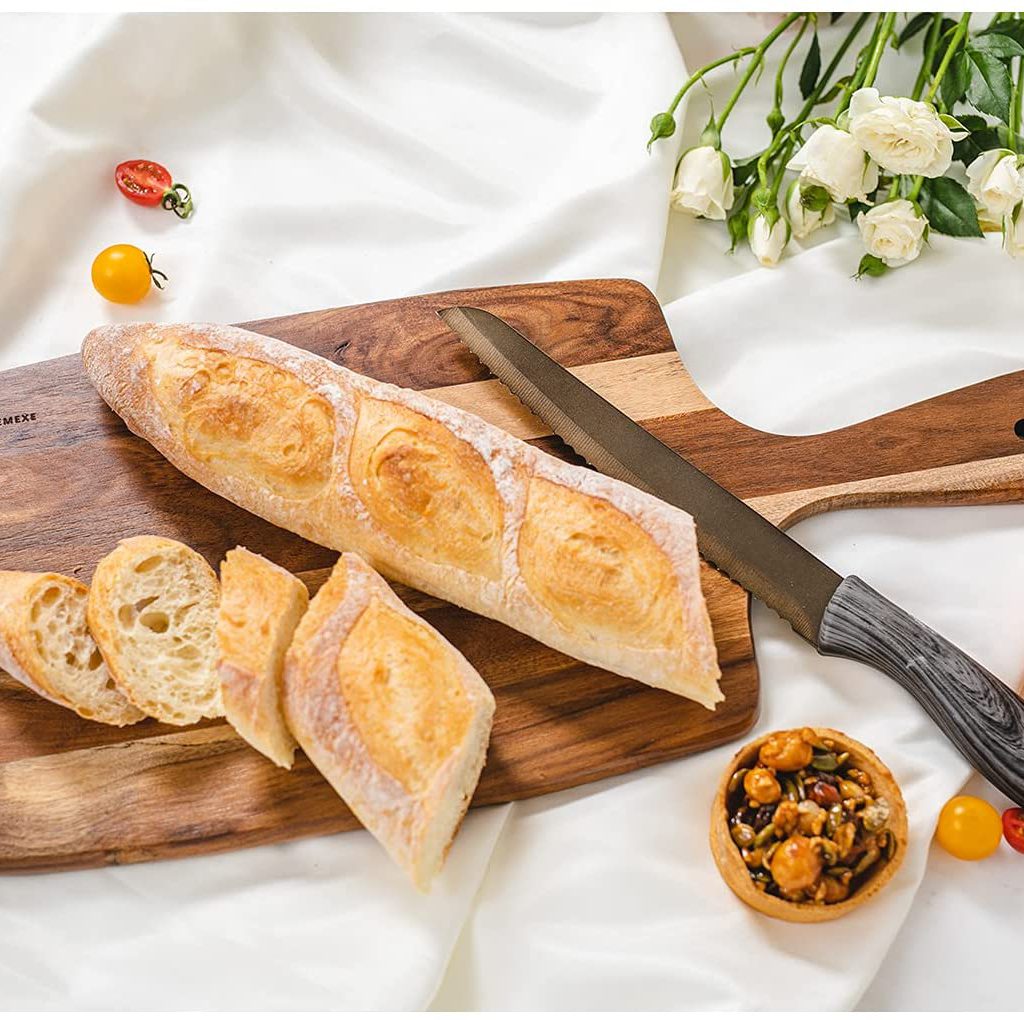
Acacia is a very durable hardwood that’ll endure any kind of heavy-duty actions you might need to do in the kitchen, and it molds less frequently than the other wooden cutting boards thanks to its natural oils. This cutting board is truly pretty, and it can double as your favorite serving board to display meats and cheeses at your dinner parties.
This cutting workstation is also more lightweight compared to the other whole wood chopping boards, so you can easily grab it by the handle to use and hang it on your rack safely. Rubbing the board with a food-grade oil once in a while should be enough to care for it, but you need to hand wash it after every use.
Best Eco Friendly: Epicurean All-In-One Cutting Board with Non-Slip Feet and Juice Groove
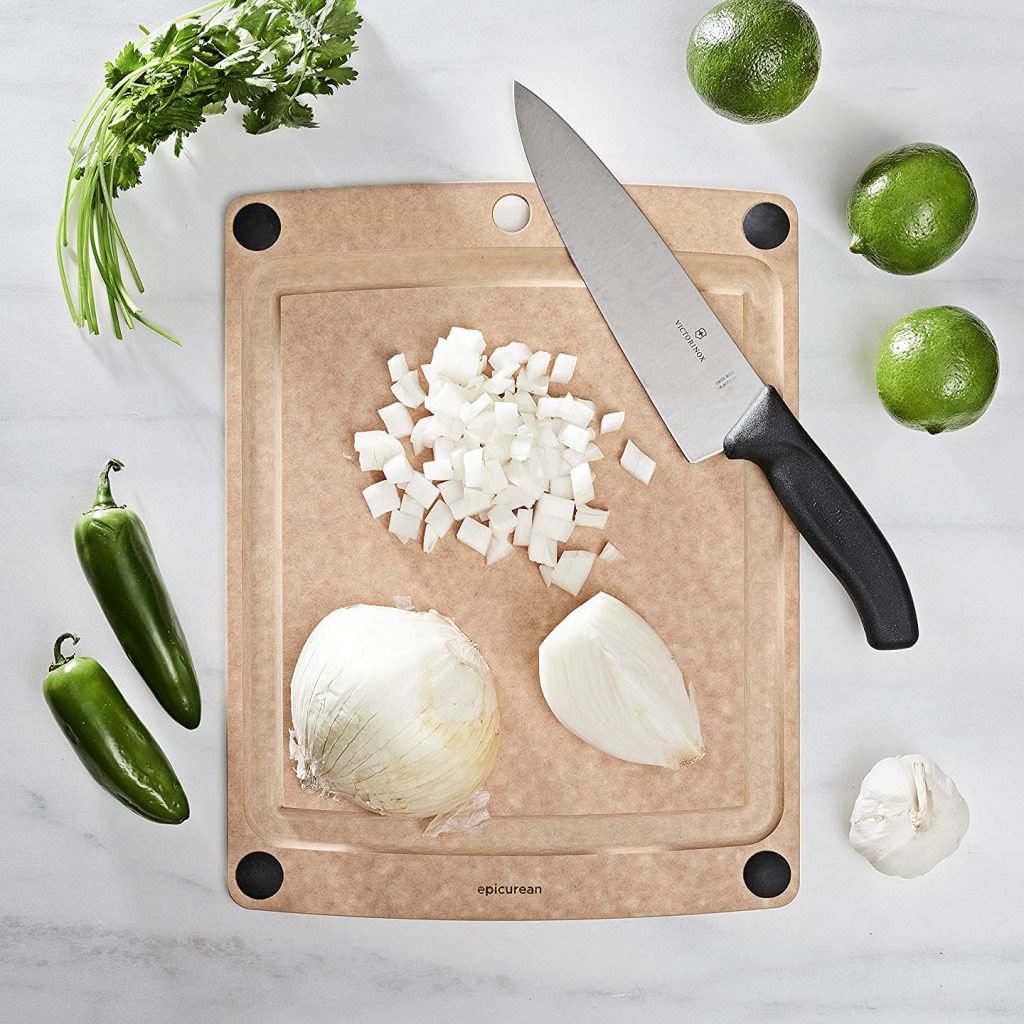
This thin and delicate chopping board has everything you might want from this type of kitchen item. Its non-slip feet help you cut with convenience, while its generous juice grooves keep everything clean and tidy. It’s made of modified paper compost, which is a very lightweight material, but at the same time sturdy and durable. The best part — you can put it in the dishwasher when you’re done.
Over and Out!
There are many different cutting boards with a variety of materials out there. But don’t get distracted with those fancy-looking glass, marble, or stainless steel cutting boards. A nice solid wood cutting board is very gentle on your knives and is the best thing you can chop your veggies on. Plus, a wooden cutting board has antibacterial properties thanks to the tannins in the natural wood. The natural grooves in the wood are only a plus.
So if you like to keep your knives in their mint condition for as long as possible and make every carving an occasion, a natural wooden cutting board is all you need — along with some special care to sharpen and store your knives.


